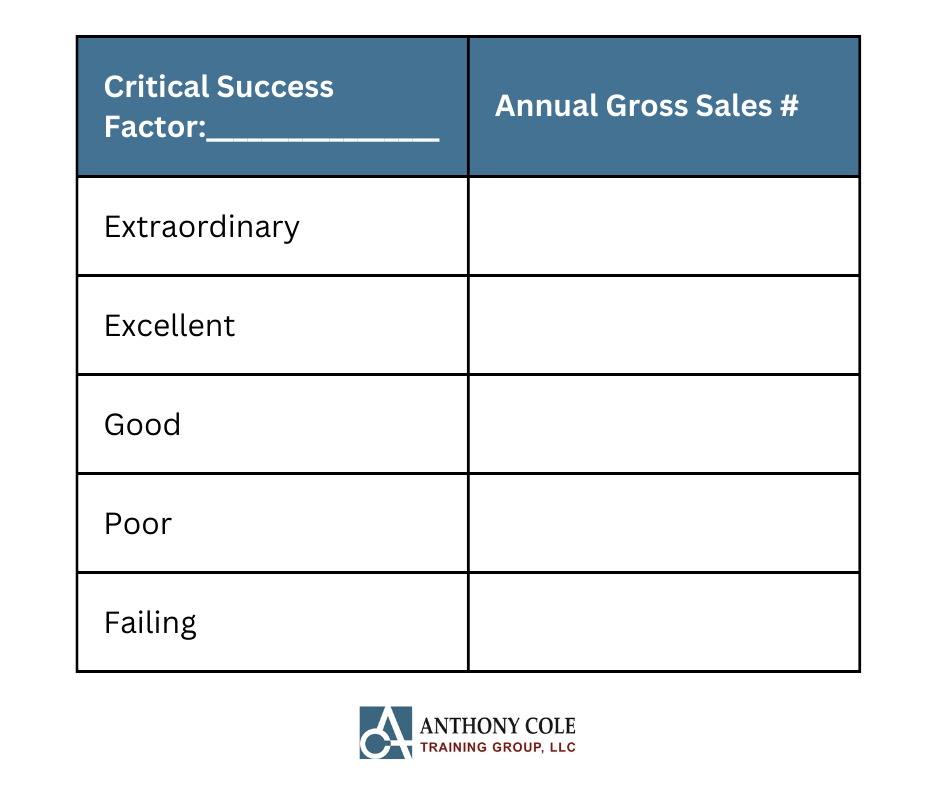How important is it that you or your sales team close more business, more quickly at higher margins? We can guess that it is pretty important.
If you think are leaving dollars on the table and need to find a solution to that problem, there are two things I want you to recognize:
- Your current sales process is perfectly designed for the results you (or your team) are getting today – if you are not closing as much as you believe you should, then there is something in your process that must change.
- That change starts at the beginning – the phone call to set up the appointment.
The quality of the phone call will always determine the quality of the appointment. If your salespeople must have better initial calls, then they must improve the quality of the phone call.
To get you started, here are 4 rules to share to help your salespeople have better initial calls:
- How you say what you say is more important than what you actually say. You must ask questions and then really listen. If you tell stories, use metaphors and analogies. You need to have appropriate eye contact and body position, voice inflection, and background especially in today’s virtual world.
- Nobody really wants to talk to you – this seems like a harsh rule- but if you know this going in, that will help you be better prepared to nurture the discussion.
- You have 10 seconds to make a GREAT first impression. If you show up late for the zoom call or meeting, you’ve already lost. If you don’t have compelling and CEO-like questions to ask that really engage your prospect, you are behind the 8-ball. If the prospect cannot connect with you in the first 10 seconds, everything is downhill from there.
- Finally, practice and record your opening dialog. Listen to it. If you were someone you’ve never met before - would you engage? (Sales coach, you should listen and provide feedback that is helpful to your salespeople)
Salespeople must have a strategy or plan for success going into the meeting. Not a plan that is developed in the car during the drive to the appointment, but rather one that is thought out in a pre-call strategy session. Here are your two objectives:
- The overall objective should be to have a go or no-go at the end of the meeting – that doesn’t mean buy or don’t buy, it just means that you move to the next step or don’t.
- The secondary objective is discovering as much as you can about your prospect’s motivation to meet and have the discussion you are having. Normally this involves a pain they want to eliminate or an opportunity that they want to leverage. Find out their compelling reason to take time out of their schedule.
One thing we know for sure, prospects don’t take time out of their schedules unless there is an underlying reason. A salesperson’s job is to find out what that reason is.








